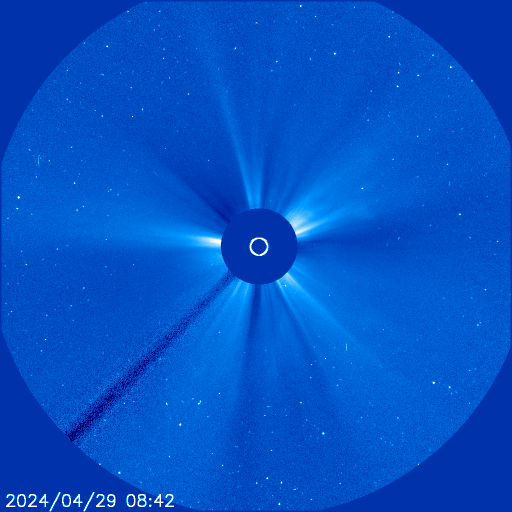 RESEARCHERS say melting Arctic sea ice is enticing more killer whales to Nunavut waters where they are competing with Inuit hunters for food and threatening to replace polar bears as the North's top predators.
RESEARCHERS say melting Arctic sea ice is enticing more killer whales to Nunavut waters where they are competing with Inuit hunters for food and threatening to replace polar bears as the North's top predators.Scientists from the University of Manitoba interviewed hunters from 11 of the territory's communities about their observations on the habits of killer whales seen in the area. The findings are published in the online journal Aquatic Biosystems.
Lead author Steven Ferguson, who is with the Department of Fisheries and Oceans Freshwater Institute at the university, said the Inuit are seeing more killer whales. The powerful predators tend to avoid sea ice but that ice is disappearing.
Once in the Arctic, he said, killer whales have been seen to use a variety of hunting tactics to feast on belugas, seals and narwhals.
Sea ice often provides the only cover such mammals have to escape one of the Orcas. Seals can get out of the water onto the ice and other whales can manoeuvre into ice-packed areas where the killer whale's dorsal fin prevents it from following.
"If we lose that sea ice, they are now going to be out in the open water and don't have the kind of strategies to reduce the risk of a killer whale catching them and eating them," Ferguson said. "We just might see a lot of mortality in some of the more southerly areas."
He suggested the killer whales could be behind a massive transition within the whole Arctic ecosystem. Read More










No comments